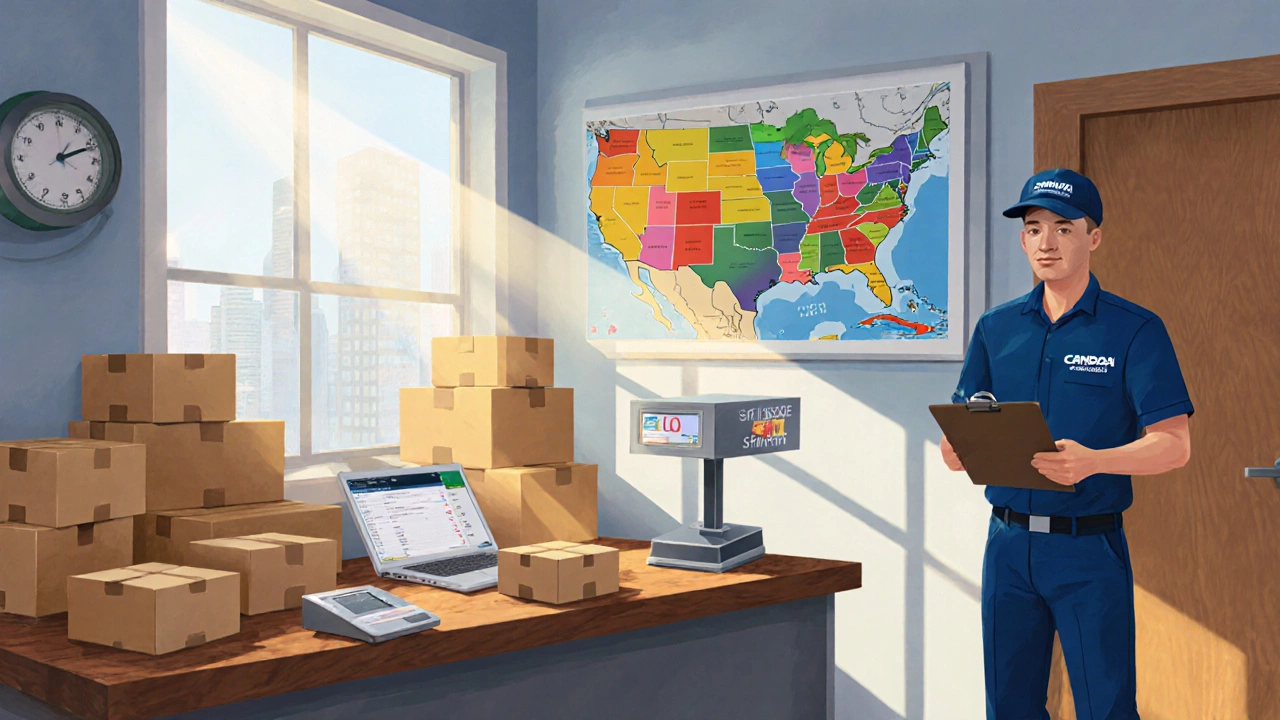Understanding How Courier Pricing Works - A Complete Guide
Learn how courier pricing breaks down into base rates, weight, zones, and surcharges, with examples, cost‑saving tips, and a carrier comparison to help you control shipping costs.
When talking about fuel surcharge, an extra fee that carriers add to cover the rise in fuel costs. Also known as fuel adjustment, it shows up on every invoice from a shipping company that moves goods by road, air, or sea. The fee isn’t a random charge; it directly reflects how much diesel or gasoline prices have changed since the last rate update. In short, a fuel surcharge is a way for transport providers to keep their profit margins stable while fuel prices swing up and down.
The moment a shipping rate, the total amount you pay to move a package from point A to B is calculated, the carrier checks the current fuel index. If the index is higher than the baseline, the fuel surcharge is tacked on top of the base rate. This means that courier pricing, the fee structure used by services like UPS, FedEx, or local couriers can jump overnight when oil markets tighten. At the same time, the overall logistics cost, the sum of all expenses involved in planning, executing, and controlling the movement of goods rises, forcing shippers to rethink budgets, consolidate shipments, or negotiate better contracts. In practice, a higher fuel surcharge leads to higher shipping rates, which feeds back into the total logistics cost for businesses of any size.
Why does this happen? Fuel is the single biggest variable expense for any road‑based transport operation. When a truck driver fills up, the price paid per liter can differ by several cents across regions, and those cents add up over thousands of miles. Carriers therefore embed a fuel surcharge formula in their rate cards: they set a base fuel price, monitor market indices, and apply a percentage increase when the market price exceeds the base. This formula creates a transparent link between market conditions and the amount you see on your bill, making it easier for both shipper and carrier to plan cash flow.
Understanding fuel surcharge mechanics helps you avoid surprise costs. You’ll learn to read rate tables, spot the surcharge clause, and calculate the impact before you ship. The articles below break down real‑world examples: from how Amazon’s logistics team adjusts its fees, to the way courier companies like UPS and FedEx compute their surcharges. You’ll also find tips on negotiating contracts, using fuel‑efficient routing, and tracking surcharge changes over time. Armed with this knowledge, you’ll be ready to manage your shipping budget more confidently and keep logistics costs under control.

Learn how courier pricing breaks down into base rates, weight, zones, and surcharges, with examples, cost‑saving tips, and a carrier comparison to help you control shipping costs.